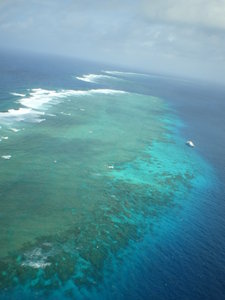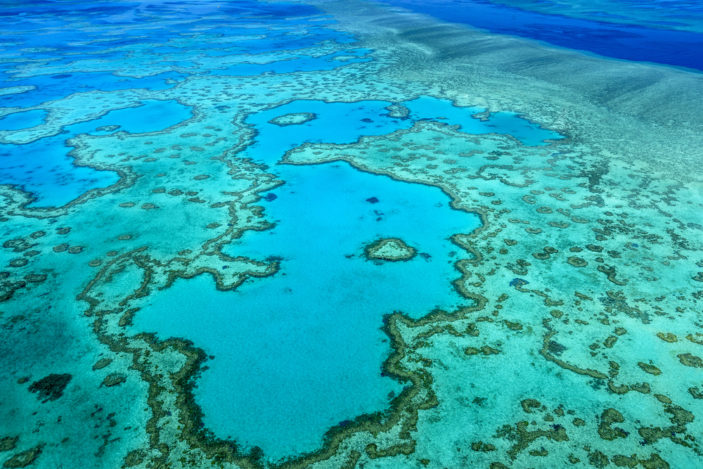

The Great Barrier Reef stretches more than 2300 kilometres along Queensland’s coastline and is made up of around 3000 individual coral reefs. more than 30 species of marine mammals such as whales, dugong and dolphins.Larger than New Zealand (344,400 square kilometres or 70 million football fields), it is home to a breathtaking array of life including a number of rare and threatened species as well as: World heritage listed in 1981, the Great Barrier Reef is the world’s largest and most complex reef system and one of Australia’s most treasured natural wonders. The world heritage committee will consider the recommendation in a meeting starting on 16 July.Image courtesy of Tourism and Events Queensland The potential ramifications of that committee meeting were brought into sharp focus in June 2021 with the release of a report by Unesco’s world heritage centre recommending the reef be listed as world heritage “in danger”, in part due to Australia’s lack of commitment to deep and rapid cuts in greenhouse gas emissions.

Without hope there’s no action.”Ī government report card released in February 2021 found the marine environment along the reef remained in poor health, prompting conservationists to call for urgent action ahead of a world heritage committee meeting this year. David Wachenfeld, the marine park authority’s chief executive, said: “My greatest fear is that people will lose hope for the reef. It was the most widespread outbreak ever witnessed, with severe bleaching recorded across one-quarter of the reef. March 2020 brought the third mass bleaching event in five years. Shallow bleached coral reef on the Great Barrier Reef off the Queensland coast in March 2017. Water quality was improving too slowly.īut the central warning was that the plight of the reef would not improve unless there was urgent national and global action to address the climate crisis. Coral reefs were in very poor condition, there had been widespread habitat loss and degradation affecting fish, turtles and seabirds, and threats from farming pollution, coastal development and illegal fishing. In August 2019, the Great Barrier Reef Marine Park Authority released a five-yearly report that found for the first time the reef’s outlook had deteriorated from “poor” to “very poor”. A national audit office report found it had originated from a desire by the government to avoid an “in danger” listing.Īn Intergovernmental Panel on Climate Change assessment of the latest climate science in October 2018 found global heating of 1.5C was likely to lead to the disappearance of a majority of tropical coral reefs, and they would be “at very high risk” at a temperature rise of just 1.2C. In April 2018, the then prime minister Malcolm Turnbull and then environment minister Josh Frydenberg announced the government would give a $443m grant to a small business-led reef charity, the Great Barrier Reef Foundation, with no tender process.

A diver checks the bleached coral at Heron Island on the Great Barrier Reef in April 2016.


 0 kommentar(er)
0 kommentar(er)
